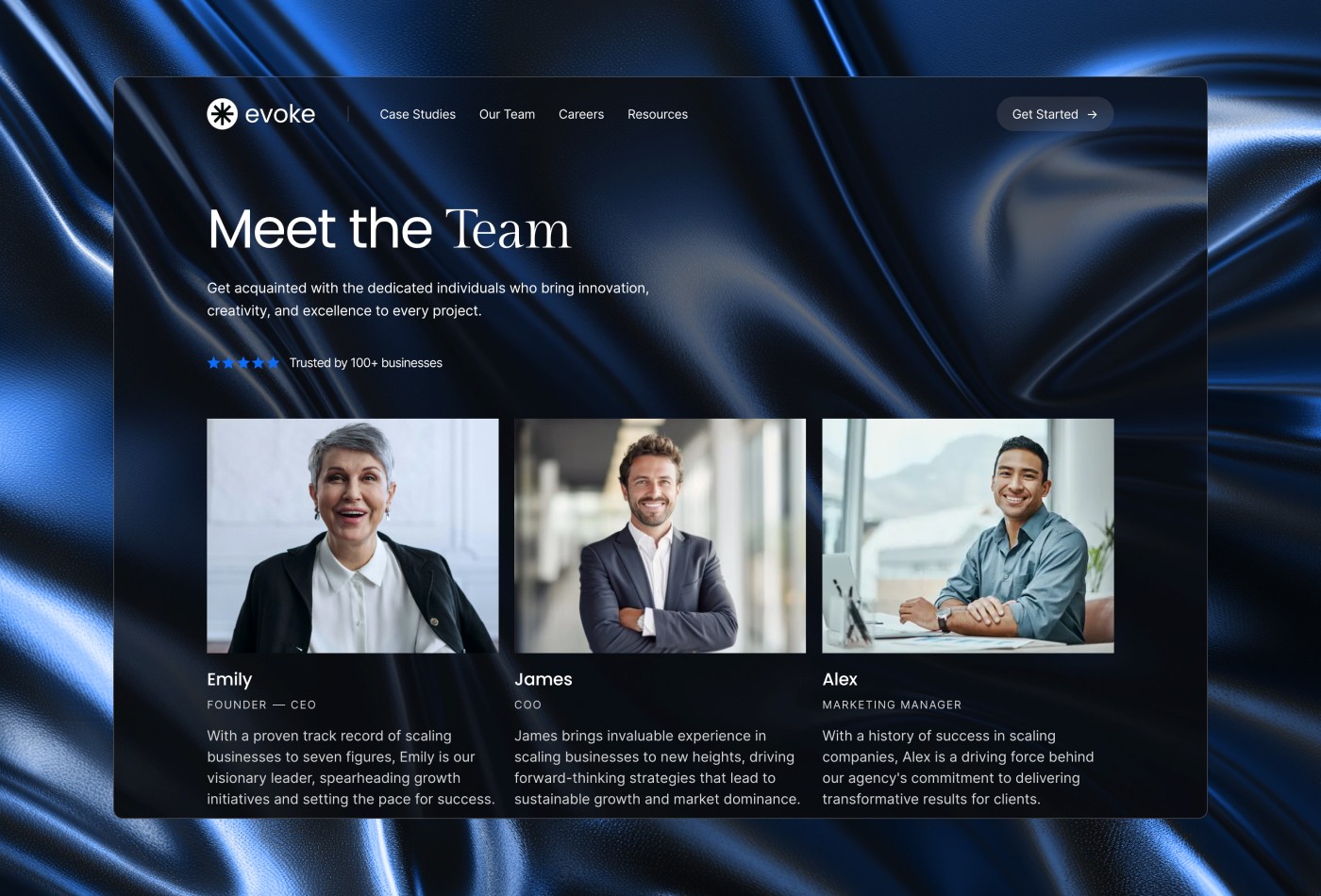Last Edited:
Oct 15, 2024

Understanding the Key Differences Between UX and UI Design
In the rapidly evolving digital landscape, the terms **User Experience (UX)** and **User Interface (UI)** are frequently used interchangeably, leading to confusion among designers and clients alike. Although these disciplines are closely related and often collaborate, they serve distinct purposes and require different skill sets. Understanding the nuances between UX and UI design is essential for creating successful digital products that resonate with users.
1. Definition and Focus
- **User Experience (UX) Design** revolves around the overall experience a user has with a product or service. It aims to create a meaningful and relevant experience by considering the user's needs, goals, and behaviors. UX design encompasses all aspects of a user’s interaction, from initial discovery through to post-purchase support. It emphasizes usability, accessibility, and the emotional journey of the user, seeking to ensure that each interaction is as smooth and intuitive as possible.
- **User Interface (UI) Design**, in contrast, is concerned with the look and feel of a product’s interface. This includes the visual elements that users interact with, such as buttons, icons, typography, and layout. UI design focuses on aesthetics and functionality, ensuring that the interface is visually appealing and enhances the user's interaction with the product. While UI is crucial for making a good first impression, its ultimate goal is to facilitate user interactions effectively.
2. Process and Methodology
- The UX design process typically begins with thorough user research. UX designers gather insights through surveys, interviews, and usability testing to identify user needs and pain points. This research informs the creation of user personas and journey maps, which guide the design process. Wireframing and prototyping are key stages where UX designers conceptualize the user flow and layout without getting bogged down by visual details. The emphasis is on ensuring that the product addresses user challenges and provides a logical and satisfying experience.
- UI design, however, usually follows the UX process. Once wireframes are established, UI designers take these skeletal structures and bring them to life with visual elements. This includes selecting color schemes, typography, imagery, and other design components that align with the brand identity. UI designers also create style guides to maintain consistency across various platforms and devices, ensuring that every element enhances the overall aesthetic while remaining functional.
3. Outcomes and Measurements of Success
- The success of **UX Design** is measured by how well the product meets user needs and expectations. Metrics such as user satisfaction, task completion rates, and usability testing feedback are critical indicators of effective UX design. A well-executed UX design leads to higher user retention, increased customer loyalty, and improved brand perception, as users feel understood and valued by the product.
- Conversely, the effectiveness of **UI Design** is assessed through visual appeal and ease of interaction. Key performance indicators (KPIs) might include conversion rates, click-through rates, and user engagement levels. A successful UI design makes it easy for users to navigate and interact with the product, creating a seamless experience that encourages users to explore further.
4. Collaboration and Integration
- UX and UI designers often work closely together, and their roles can sometimes overlap, particularly in smaller teams or startups. Effective collaboration is essential to ensure that the visual elements enhance the overall user experience. For example, a visually stunning interface (UI) that is difficult to navigate will result in poor user experience (UX). Thus, both disciplines must align their efforts to create a cohesive product that meets both user needs and aesthetic goals.
Conclusion
In conclusion, while UX and UI design are interconnected, they serve different yet complementary roles in the product design process. UX focuses on the holistic experience of the user, ensuring that every interaction is intuitive and meaningful. UI, on the other hand, enhances the visual appeal and functionality of the interface, making it engaging and easy to use.
By recognizing the unique contributions of each discipline, businesses can better leverage their strengths to deliver compelling digital experiences. For startup owners and agencies, understanding these differences is vital for effective project planning, resource allocation, and ultimately delivering products that not only meet user needs but also stand out in a crowded market.
In a world where user expectations are consta. ntly evolving, investing in both UX and UI design is not just beneficial—it's essential for long-term success.





